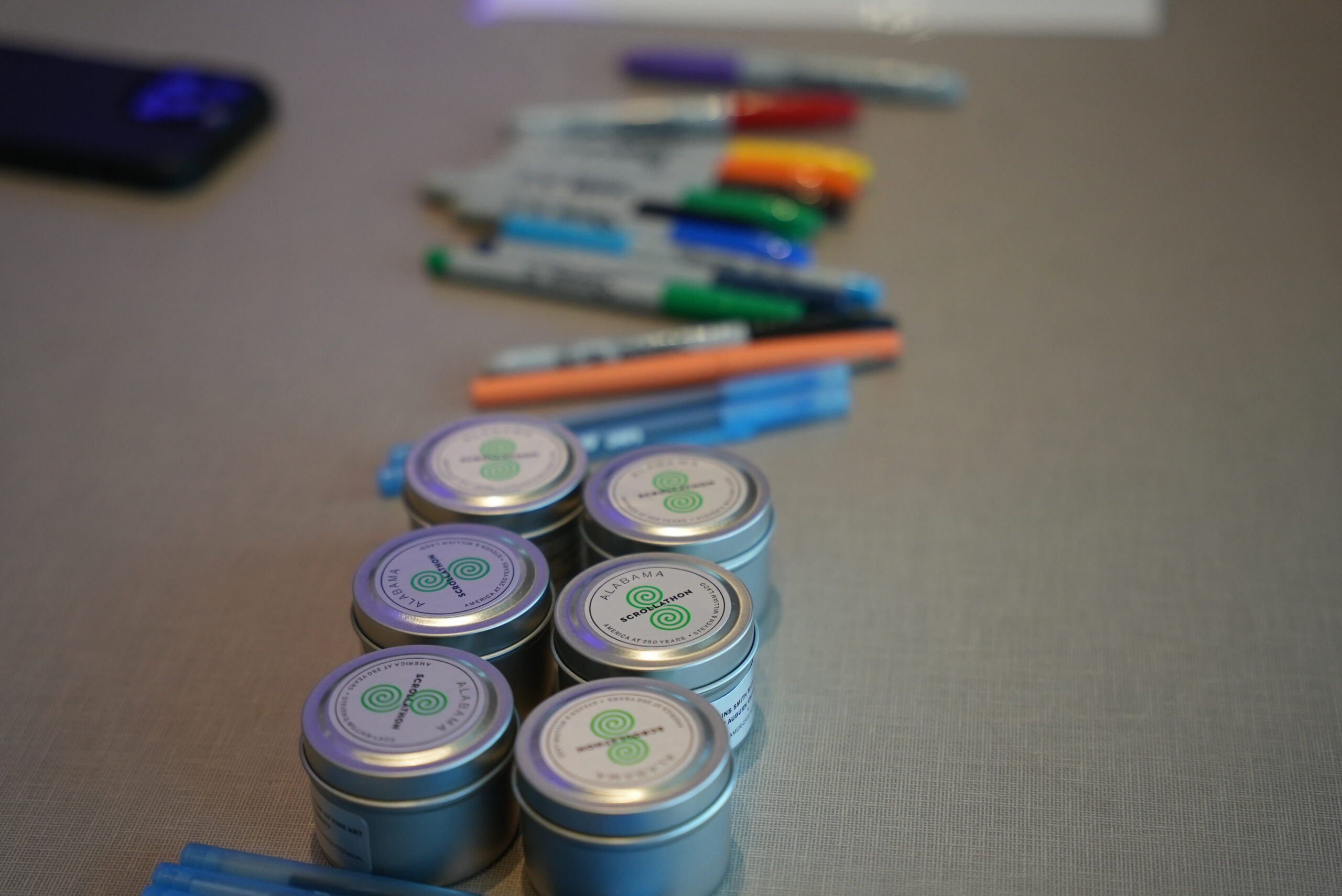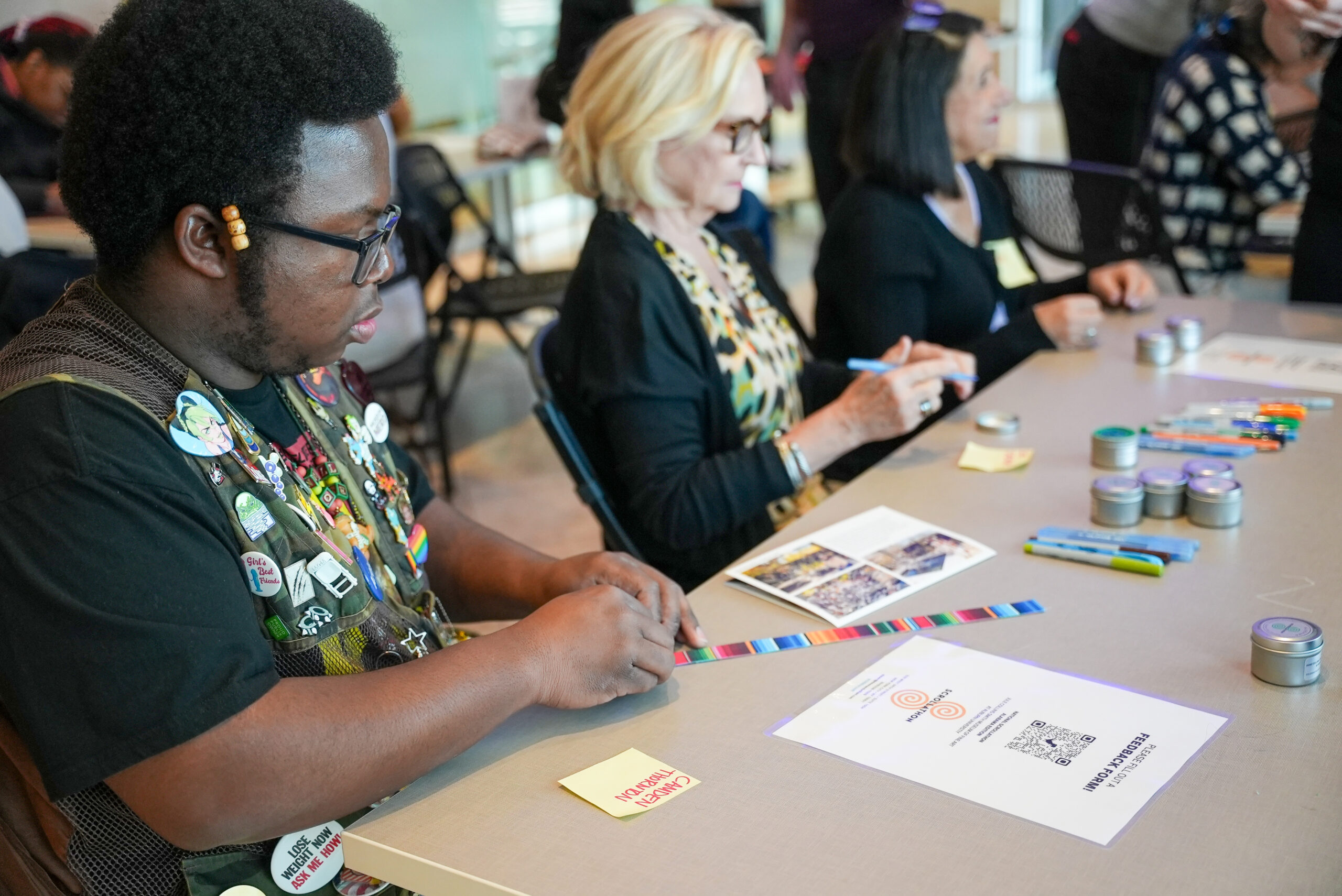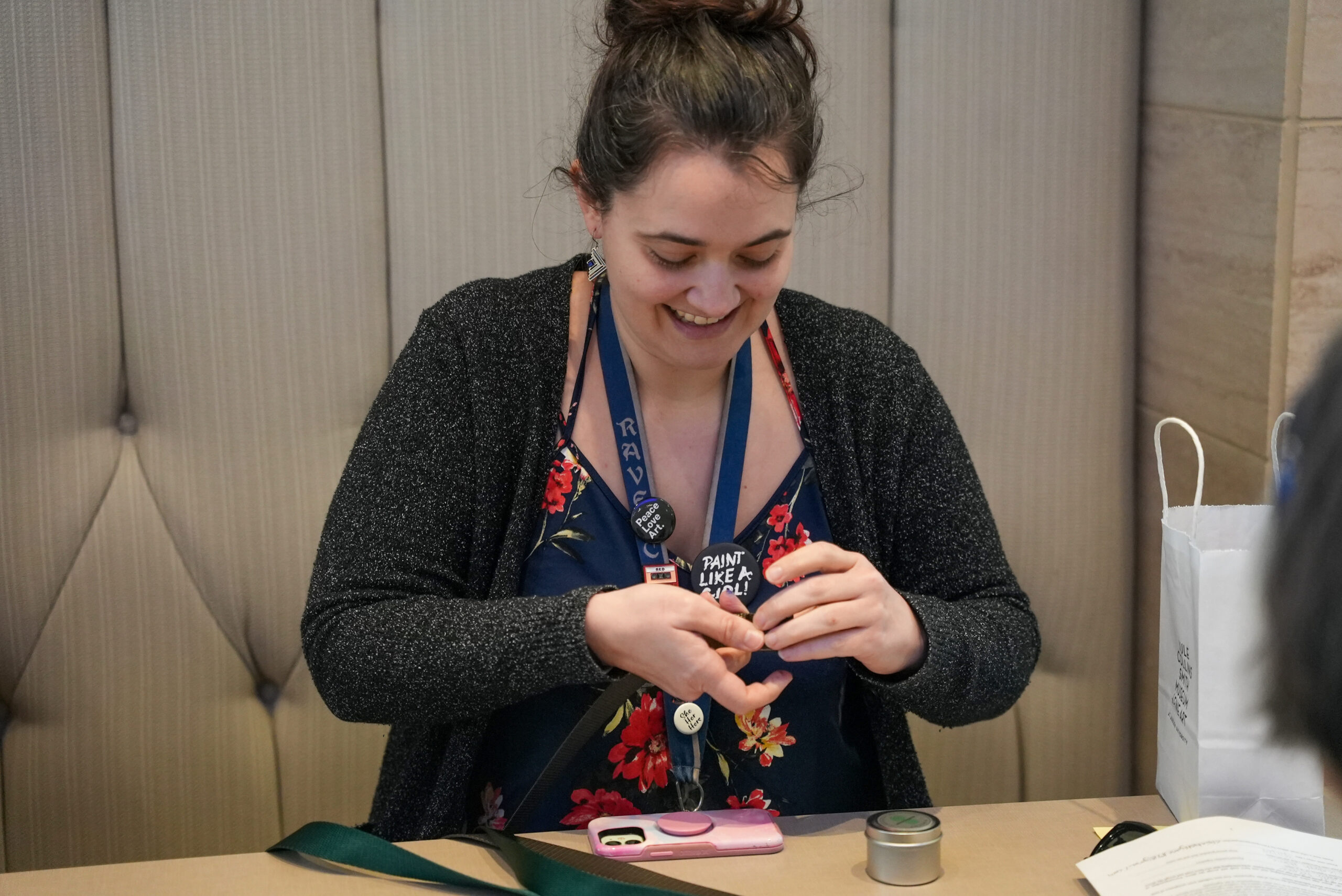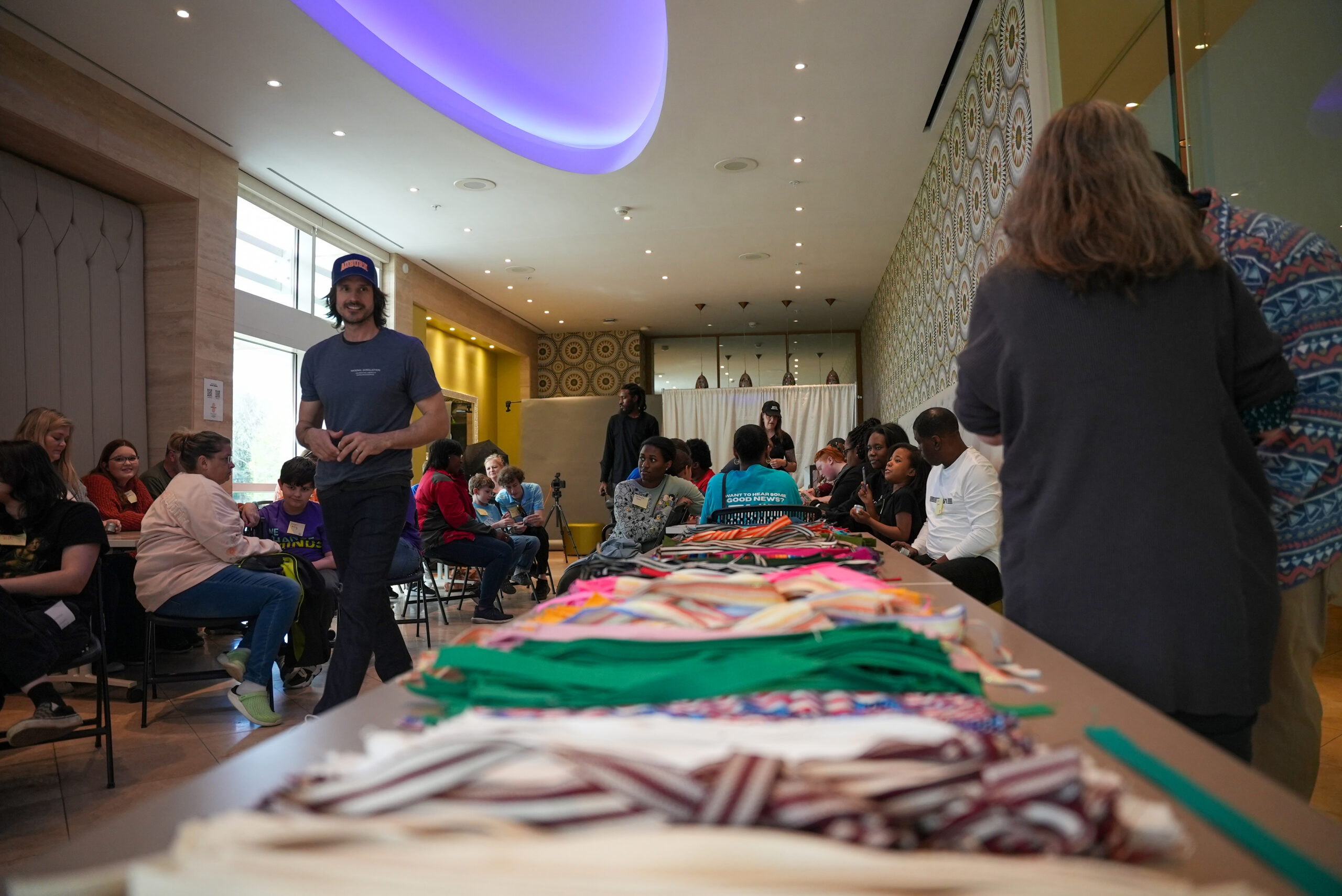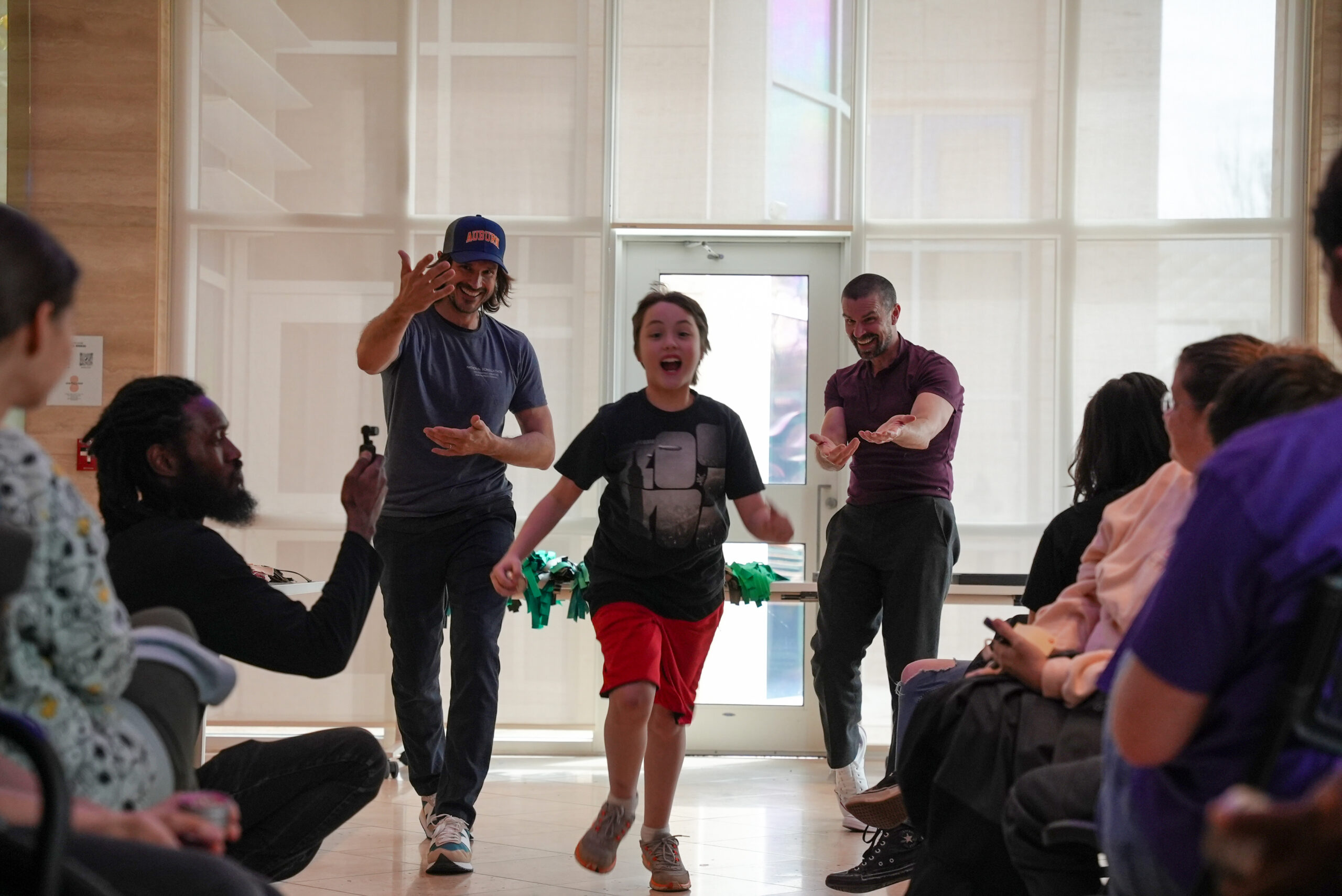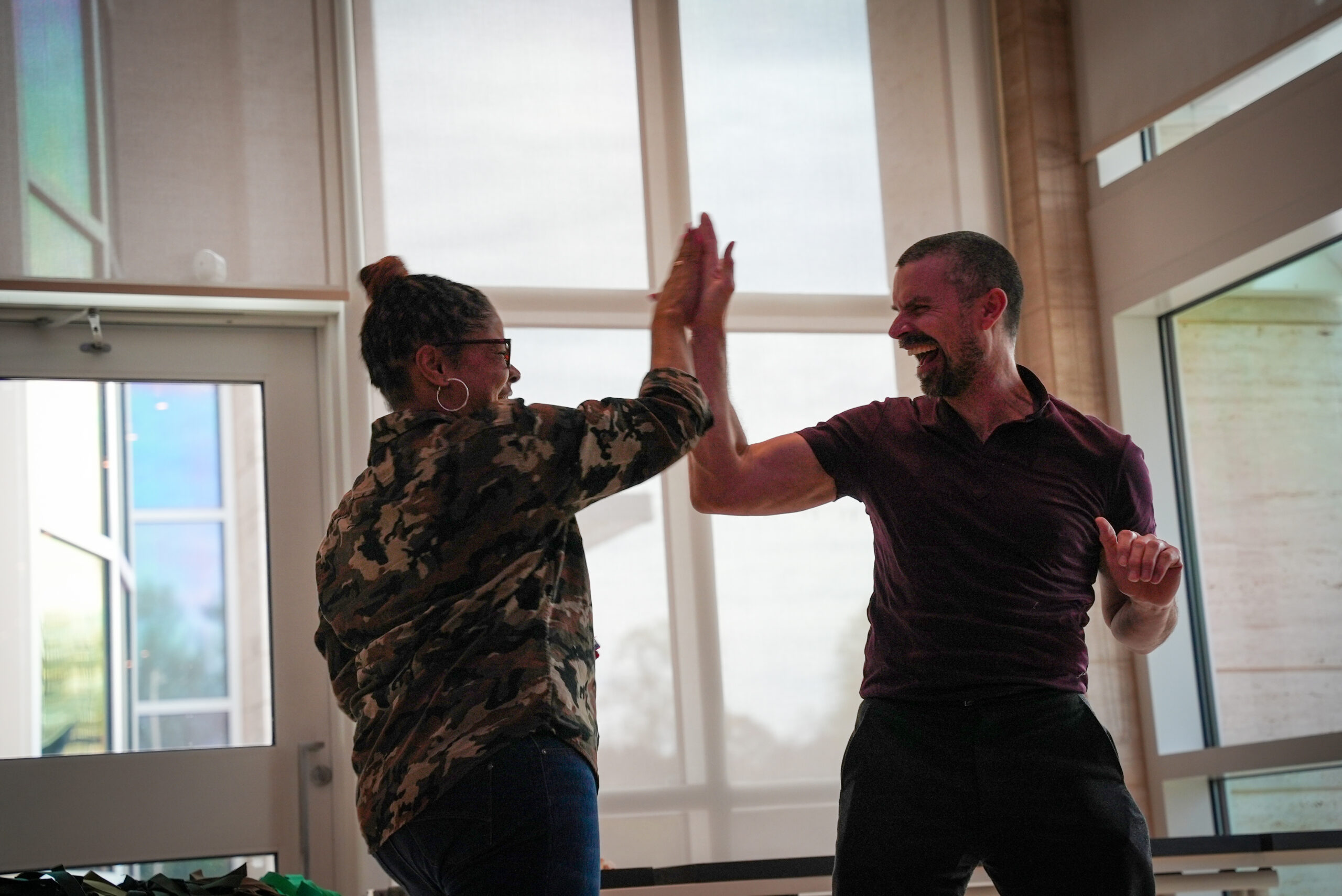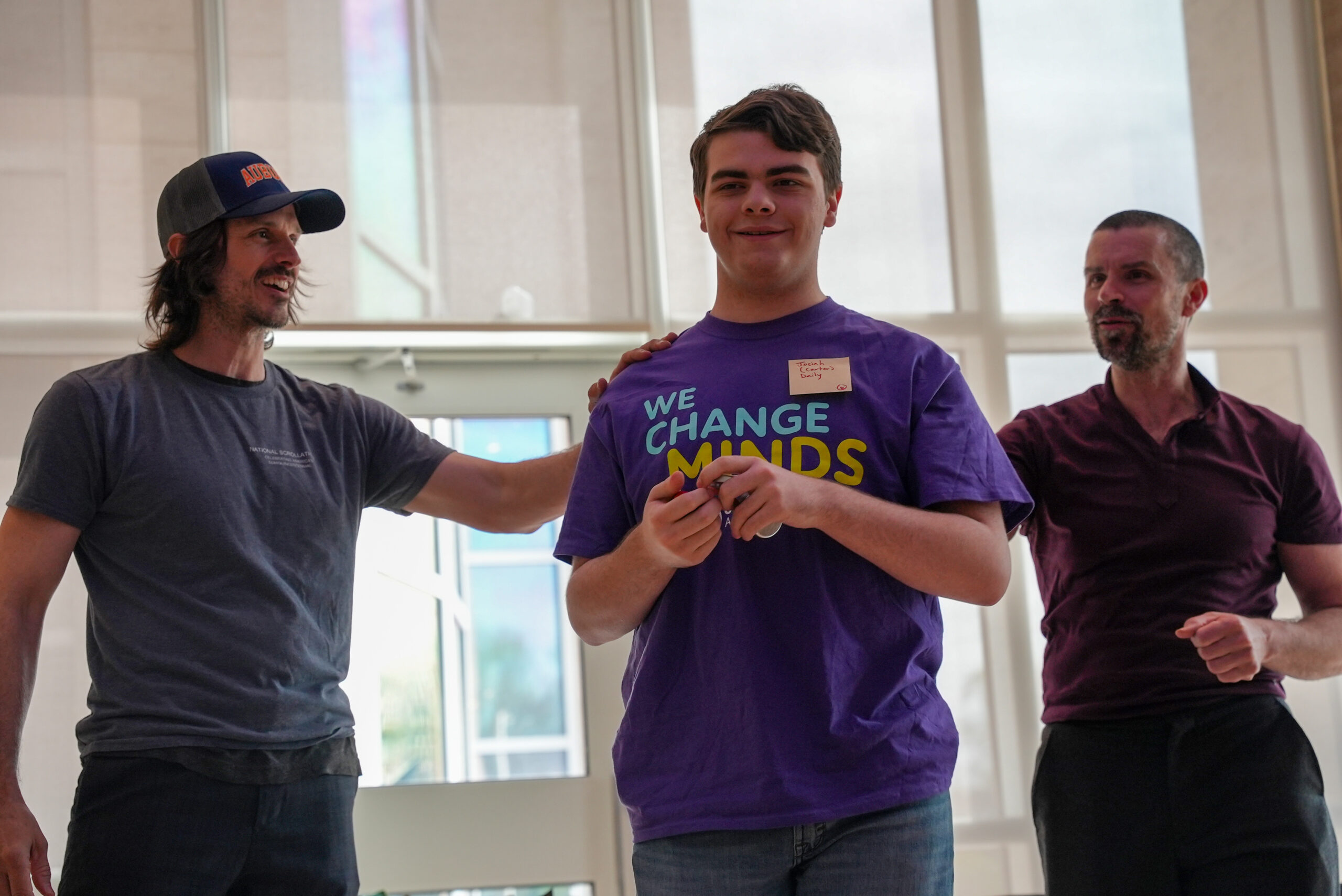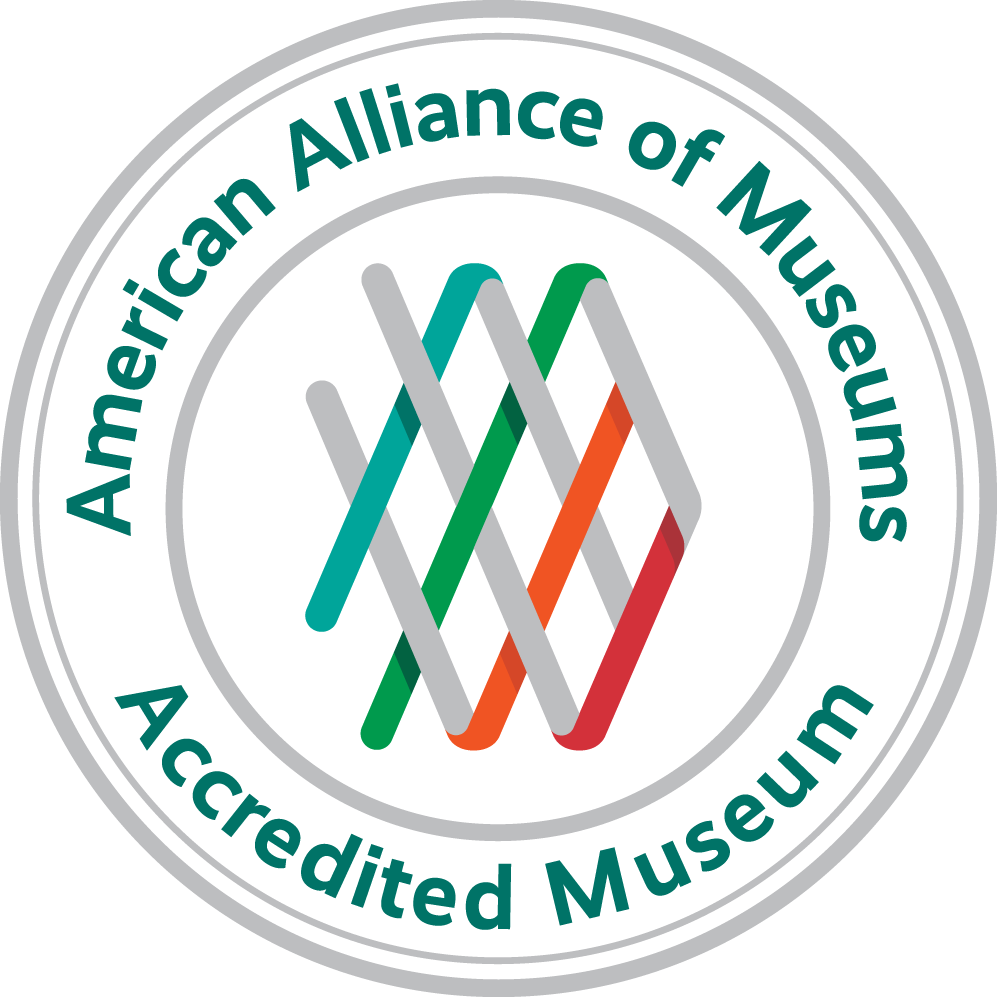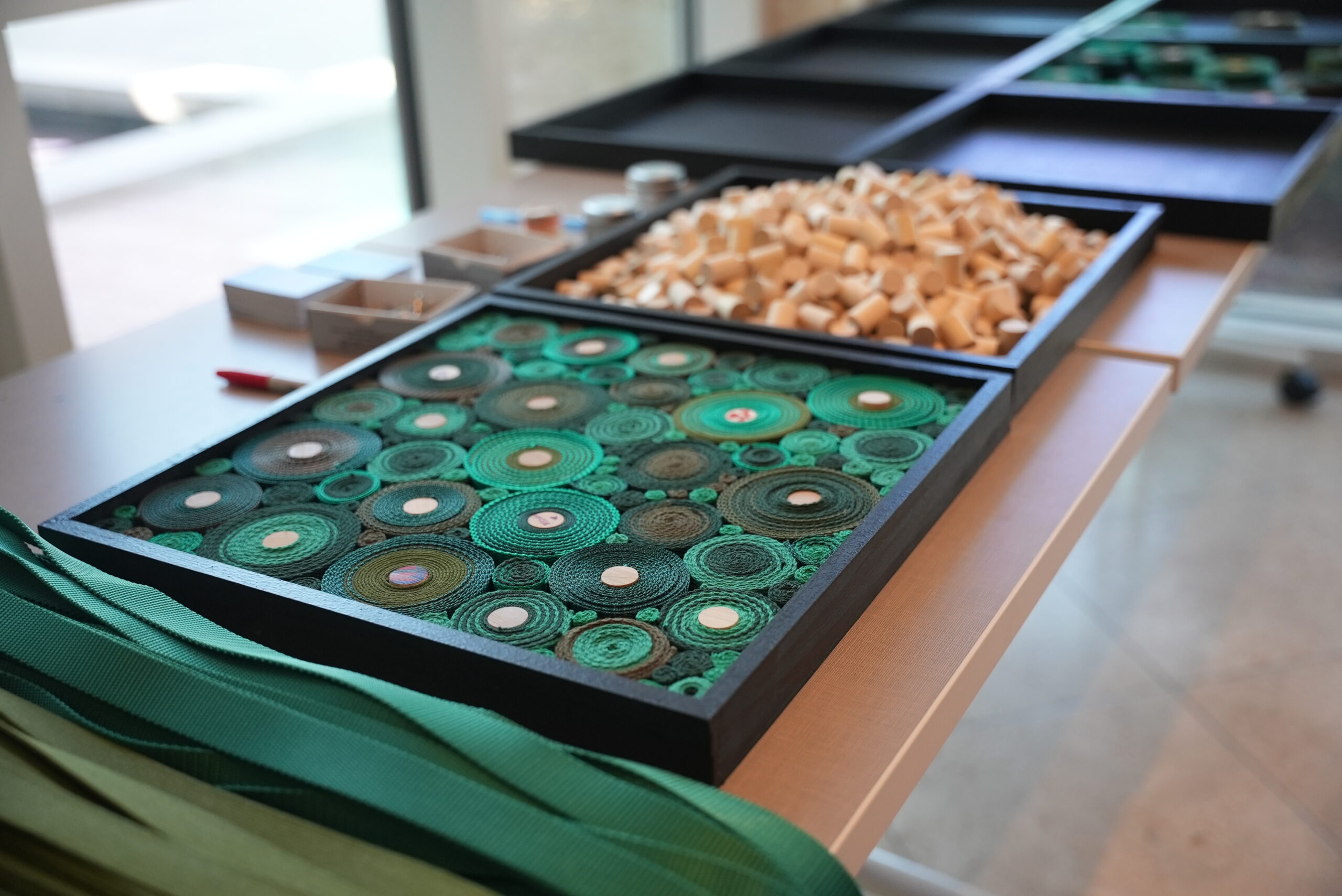
The Jule Collins Smith Museum of Fine Art at Auburn University is Alabama’s host for artists Steven and William Ladds’ country-wide, collaborative visual arts project which aims to unite Americans in celebration of America’s 250th Birthday in 2026. Pieces produced from all 50 states will go on view at the John F. Kennedy Center for the Performing Arts in Washington, D.C. on Monday, May 26, 2026.
Starting on March 11, approximately 500 invited participants will arrive in Auburn across five days to create a collage in shades of green, ranging from mint to lime to emerald, a nod to Alabama’s timber industry, its national forests and growth in sustainability. The invited groups represent all ages, ethnicities, abilities and socioeconomic backgrounds. The Ladds document each participant’s meaning for their scroll, creating authentic connections around a shared goal. The statewide event culminates in an installation of the piece as each frame is completed, with a final reveal at the museum’s “Spring Fling” on Thursday, May 9 at 5 p.m.
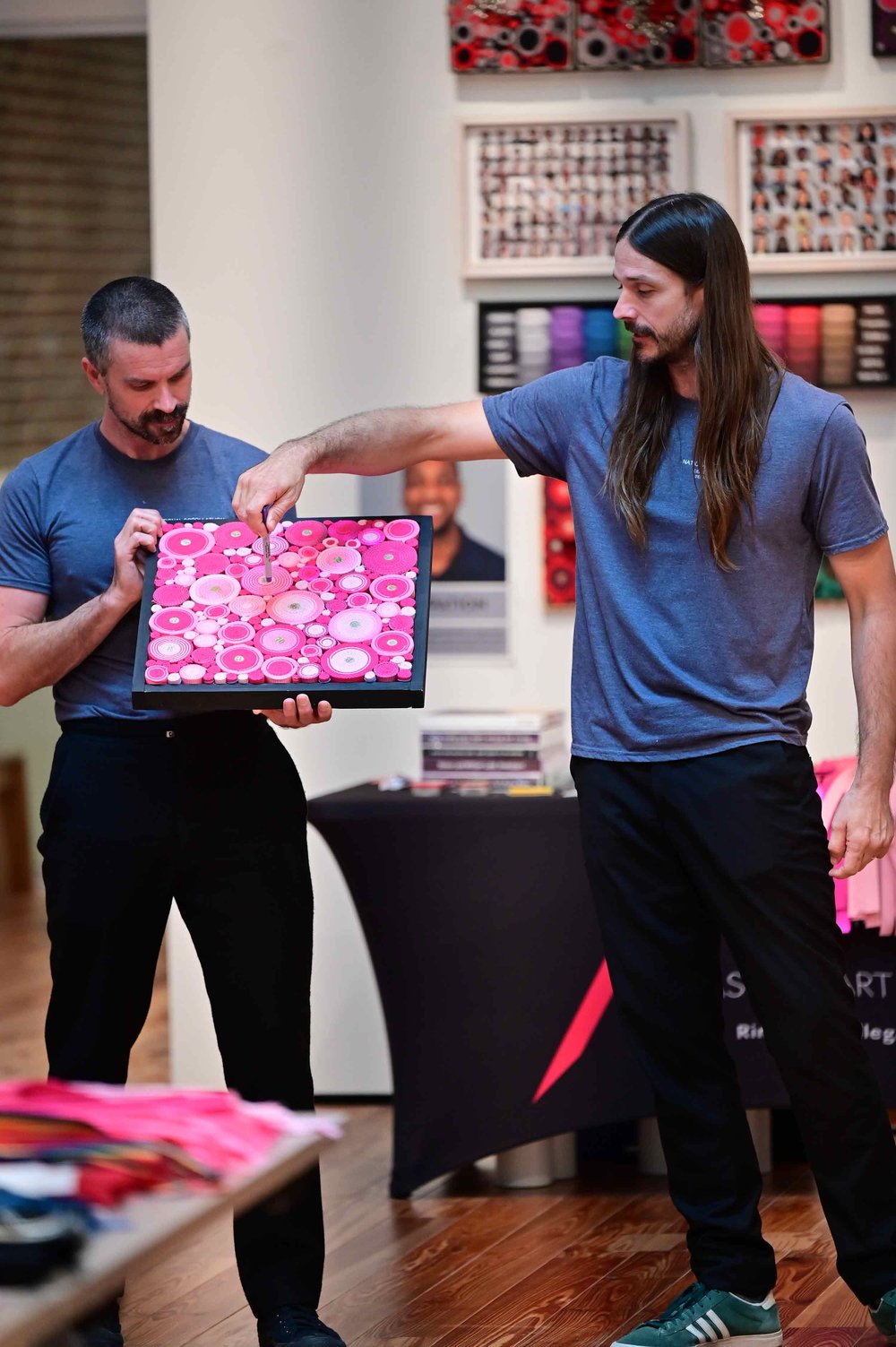
Steven and William Ladd are New York-based brothers and artists “known for vibrant, highly textural artwork that evokes childhood memories,” working at the intersection of design, applied, and fine art. William discovered beading at 15 and Steven began making clothes while studying at Rockhurst University in Kansas City. After moving to Brooklyn to collaborate, their formal artistic partnership began in 2000 while creating accessories that attracted interest from the Musée des Arts Décoratifs, Paris, which included their work in a major exhibition. Selected for the Smithsonian Cooper Hewitt’s Design Triennial in 2006, the Ladd’s artworks began representing people, places, and memories of their shared childhood, an evolving theme throughout their practice.
Skilled in the traditions of “handwork” of sewing and beading, the artists are always seeking materials to incorporate into their work and are especially attuned to the notion of adaptive reuse. The discovery of a warehouse full of cotton webbing and belt findings in what is now The Invisible Dog Art Center provided them with the impetus to not only delve deeply into the physical aspect of these materials but also as a pathway toward a broader artmaking process. Working face to face across a table, the brothers wound webbing into scrolls.
Throughout their careers, Steven and William Ladd have developed an interactive and hands-on approach to artmaking that melds fine art, design, and craft with their dedication to interactive collaboration, education, and community engagement. In all their work, the importance of meaningful content couched in a visual language of beauty has guided them from small-scale, intimate sculptural objects to what has now become an ongoing, inclusive, and embracing project under the umbrella of what they call Scrollathon. The content of their artworks is often drawn from their own shared memories and experiences, and it is through this lens that they have developed a way to encourage others to do the same, based on the idea of a scroll as an ancient form of communication.
